9 Telltale Signs You Were a True Hippie Back in the 60s and 70s
People left mainstream culture in the 1960s and 70s for numerous reasons. For many, it came from restlessness, curiosity, or frustration with the limits of the status quo. Hippie culture encouraged new ways of thinking, dressing, living, and connecting. If these things sound familiar to you, there’s a good chance you shared in that spirit, even if only briefly.
Went to Woodstock
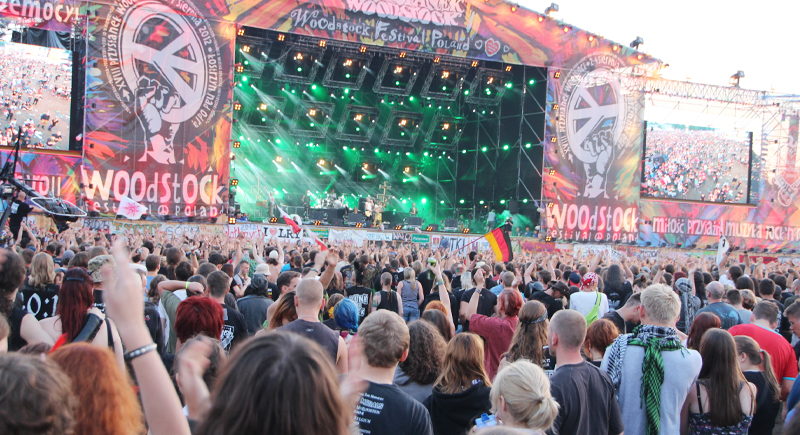
Credit: Wikimedia Commons
Woodstock was originally planned as a small music event, but turned into a gathering of over 400,000 individuals in Bethel, New York. The Woodstock Festival featured performances by Jimi Hendrix, Janis Joplin, and The Who. Its scale, energy, and sense of community made it a lasting marker of the era’s values and priorities.
Wore Bell-Bottoms and Tie-Dye
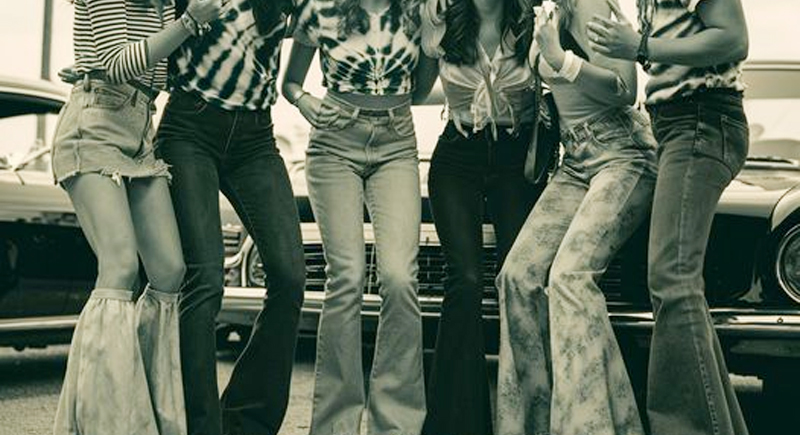
Credit: X
Fashion became a visible way to push back against mainstream culture. Bell-bottoms, once popular in the navy, were adopted for their dramatic shape and comfort. Tie-dye gained popularity through store-bought kits and public figures like Janis Joplin. These styles rejected polished and conservative dress codes.
Created Psychedelic Artwork

Credit: Getty Images
Artists like Peter Max and concert poster designers in San Francisco popularized psychedelic visual language. They brought in intense colors, warped text, and surreal imagery to reflect mental states or emotional themes. The art accompanied concerts, political fliers, and independent publications.
Opposed the Vietnam War
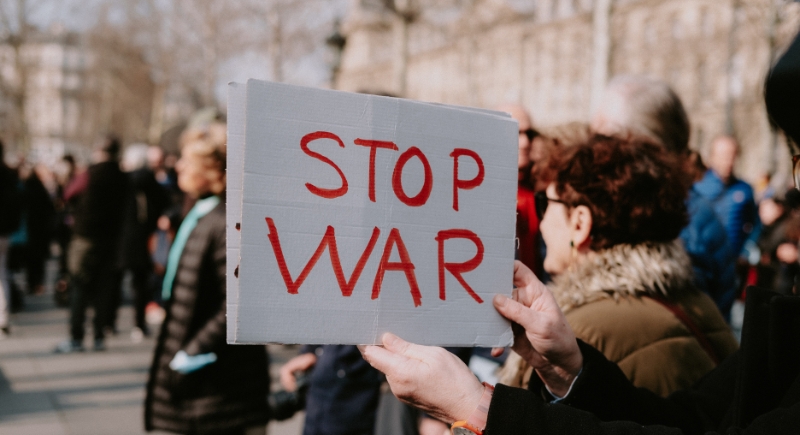
Credit: pexels
Over 60% of citizens of the US opposed the Vietnam War by 1971, according to Gallup polls. Student groups organized sit-ins, draft card burnings, and national demonstrations. Musicians such as Joan Baez wrote protest songs that amplified public concern. Hippies often led or supported these events.
Practiced Yoga and Meditation
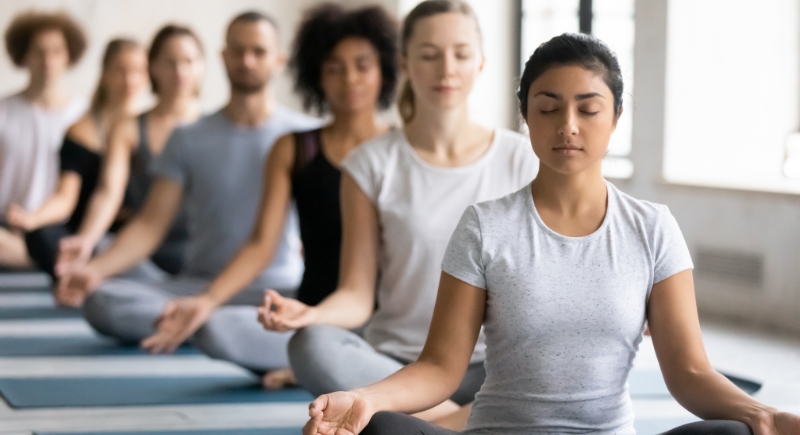
Credit: Getty Images
While a lot of modern yoga and meditation enthusiasts focus on health or stress relief, several of them prioritized these practices for spiritual direction in the 60s. These practitioners were influenced by teachers like Swami Satchidananda and Maharishi Mahesh Yogi.
Went to the Summer of Love
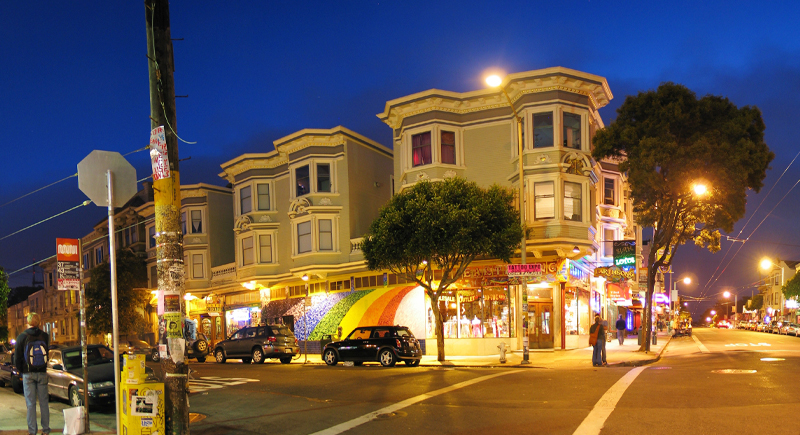
Credit: Wikimedia Commons
Thousands arrived in San Francisco’s Haight-Ashbury neighborhood during what became known as the Summer of Love—a social and cultural gathering defined by music, art, and alternative living. Most were young adults seeking connection, creativity, and freedom from convention. Local bands played in parks, volunteers offered food and medical help, and groups like the Diggers organized supplies.
Participated in Civil Rights Work
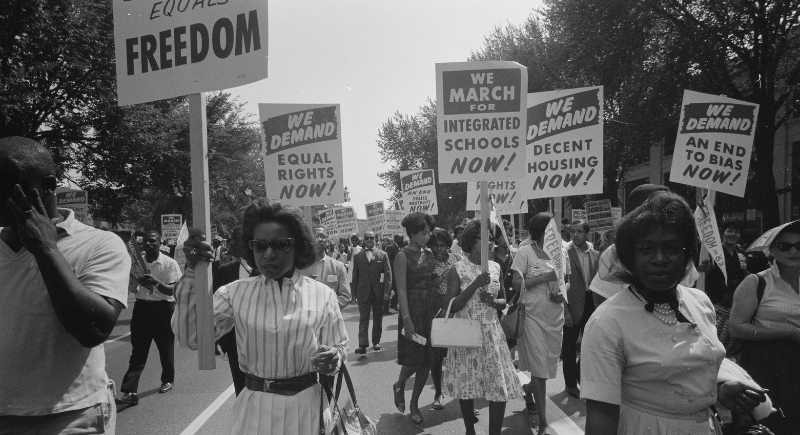
Credit: Canva
Many hippies joined civil rights efforts by supporting voting drives, protests, and public education campaigns. They traveled south to register Black voters or document incidents of racial violence. Groups like the Student Nonviolent Coordinating Committee (SNCC) and the Congress of Racial Equality (CORE) welcomed their support but also challenged them to listen more than lead.
Lived in a Commune

Credit: Wikimedia Commons
By the early 1970s, around 2,000 to 3,000 communes had formed across the United States, according to some estimates. These communities often emphasized shared living arrangements, collective labor, and minimal ties to consumer culture. Not all lasted, but they reflected a desire to question individualism and property norms.
Used Psychedelics for Exploration

Credit: iStockphoto
Government pressure eventually shut down most psychedelic research and public access, but interest began much earlier. Writers like Aldous Huxley and psychologist Timothy Leary promoted hallucinogens as tools for exploring consciousness and creativity. Some universities conducted formal studies before restrictions ended those efforts.
Joined Anti-Nuclear Protests

Credit: freepik
Cold War fears led to protests against nuclear arms and the risk of global destruction. Demonstrators gathered at missile sites, government buildings, and public events to demand disarmament. Even groups like Women Strike for Peace fought to bring national attention to nuclear testing.
Supported Free Love Philosophy
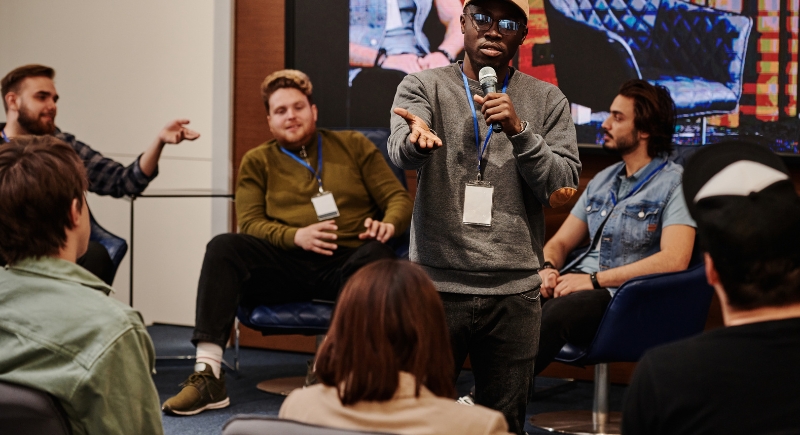
Credit: pexels
Open discussions about relationships, gender roles, and personal boundaries are now common in media, classrooms, and everyday conversation. That wasn’t the case during the 60s and 70s, when free love challenged deeply rooted expectations around marriage and intimacy. Communes, college campuses, and festivals were spaces where people rethought how partnership could work.
Drove a VW Bus

Credit: Wikimedia Commons
Volkswagen’s Type 2 Microbus was a favorite among those looking for low-cost travel and flexible living. It was easy to repair and roomy enough to sleep in. Many painted their vans with peace signs or bold designs. For hippies, the bus stood for liberation from the pressure to settle down.
Studied Alternative Spiritual Paths
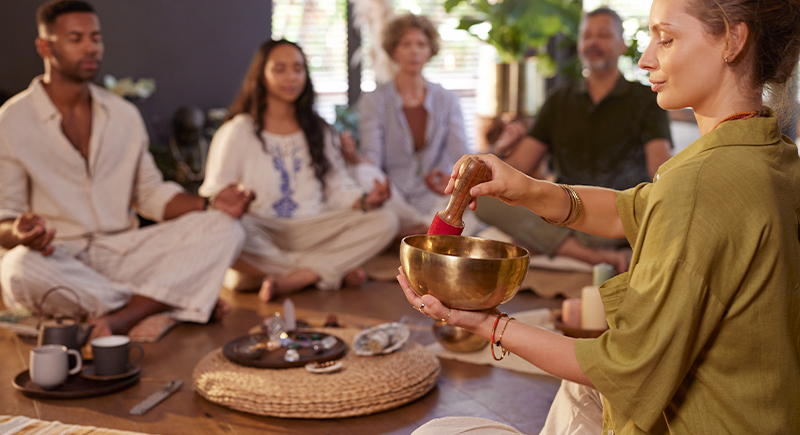
Credit: iStockphoto
Interest in Eastern and Indigenous spiritual practices rose as individuals questioned Western institutions. Spiritual teachers like Ram Dass introduced concepts from Hindu philosophy to American audiences. Others explored Zen Buddhism, pagan traditions, or shamanic rituals. People explored these ideas through books and casual group meetings, without needing to fully commit to one path.
Listened to Psychedelic Rock
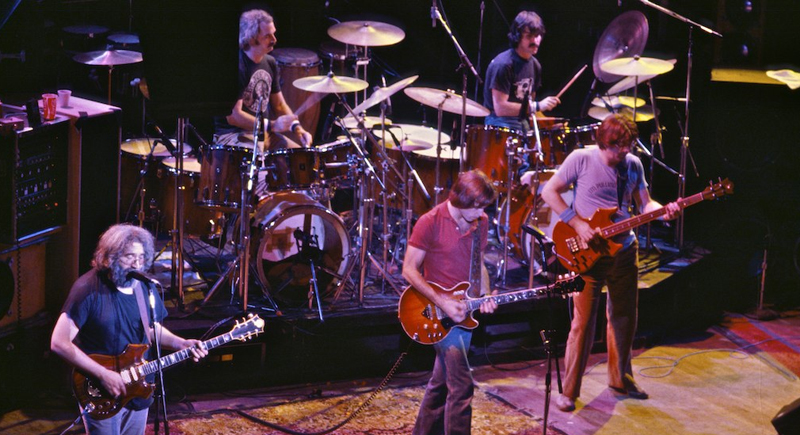
Credit: Wikimedia Commons
Musicians used new sounds and effects to break away from traditional song formats. Bands like The Grateful Dead and Cream played long solos, added distortion, and focused on mood over structure. Live shows usually featured lights and visuals to match the intensity of the music.
Chose Vegetarian or Vegan Diets

Credit: Canva
It is common to see plant-based options on menus and in grocery stores, but that shift gained traction during the counterculture era. Books like Diet for a Small Planet raised awareness about the environmental cost of meat production. Hippie communities planted gardens or supported food co-ops as part of a broader lifestyle choice.